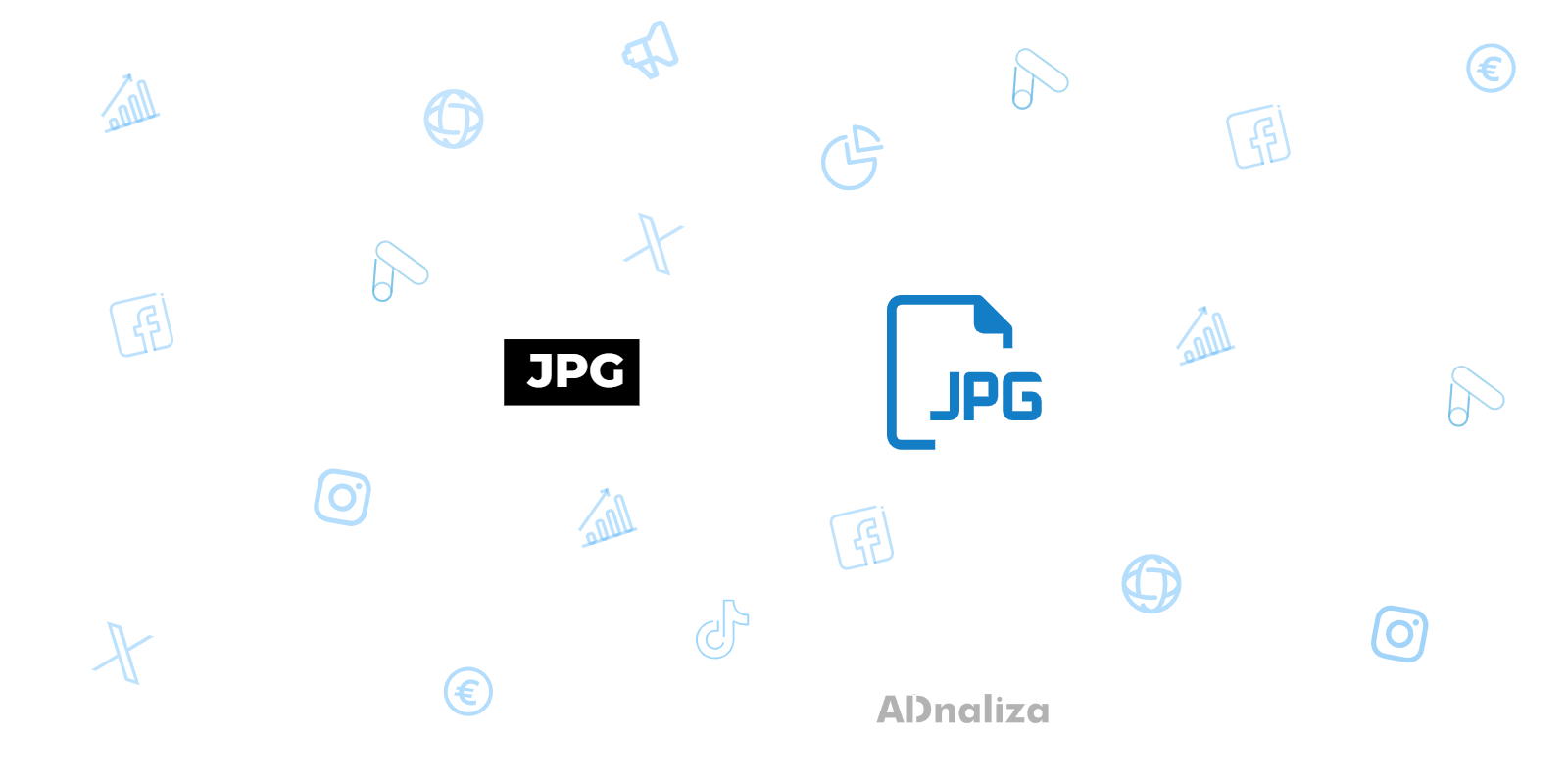
Definition:
JPG , or JPEG, is a file format for storing digital images. Its name comes from the Joint Photographic Experts Group, the committee that created the JPEG compression standard.
The JPG format was created by the Joint Photographic Experts Group, a joint committee of the International Organization for Standardization (ISO) and the International Electrotechnical Commission (IEC). This group was created in 1986 with the aim of creating a standard for image compression. In 1992, the committee published the JPEG compression standard, which allows lossy image compression.
The JPG format has become one of the most widely used image formats in the world, largely due to its efficiency in compressing images. It is widely used in digital photography, on websites and in many other contexts.
The JPG format is known for its ability to compress images efficiently, reducing file size without a perceptible loss of quality to the human eye. This is achieved by using a lossy compression technique, which removes image details that are less important to human perception.
Despite its compression efficiency, the JPG format is not ideal for all situations. For example, it is not suitable for images that require high color accuracy or that contain text or fine lines, as lossy compression can result in visible artifacts in these cases.
The JPG format has several advantages, including:
The JPG format also has some disadvantages:
As mentioned above, JPG (or JPEG) is a commonly used image format that allows for efficient lossy compression. This means that unnecessary image data is deleted to reduce file size, but this can also result in a loss of image quality if compression is applied excessively. JPG is ideal for photographs or images with a complex range of colors.
PNG (Portable Network Graphics) is another popular image format. Unlike JPG, PNG is a lossless compression format, which means that no image quality is lost in the compression process. PNG also supports transparency, making it ideal for images that require a transparent background. However, PNG files tend to be larger than JPG files.
GIF (Graphics Interchange Format) is an image format that allows animation. Like PNG, GIF is a lossless compression format, but it only supports a palette of 256 colors. This makes it less suitable for photographs, but ideal for images with solid colors, such as logos and graphics. GIF is famous for being the format of animated images on the internet.
In short: